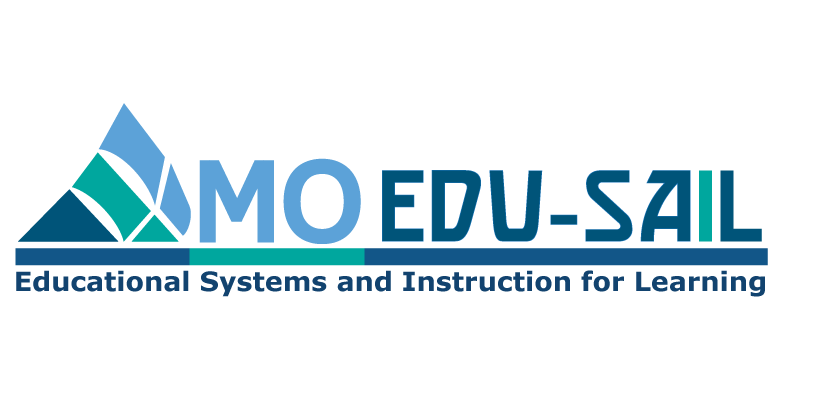There is a Self-Assessment for each of the 8 Effective Teaching and Learning Practices. The Self-Assessment includes the essential features of the practice and questions to help the teacher determine whether that practice is in place in the classroom.

The Self-Assessment is aligned with the Practice Profile for each of the 8 Effective Teaching and Learning Practices. The Practice Profile is a rubric to help determine the degree to which the practice is currently being implemented. The Practice Profile includes 4 levels; exemplary or ideal implementation, proficient implementation, close to proficient, and far from proficient. The Self-Assessment identifies where on the practice profile rubric one is implementing a practice.

What additional data might a teacher use to prioritize the practices?
When setting a professional learning goal, teachers should use the information from the Self-Assessment and Practice Profile, along with other relevant information, to set achievable and realistic goals. Consider adding the following typically available data to the decision-making process:
- Patterns of unexpected minor behavior errors in the classroom
- Office Discipline Referrals
- Classroom Accessibility (materials, movement, instructional grouping)
- Current rate or ratio of positive to corrective feedback
- Frequency and quality of current Opportunities to Respond
- Student academic performance (especially when considering Sequencing and Choice or Task Difficulty)
- Practices identified as schoolwide, grade level, or content area priorities (from strategic plan, etc.)

